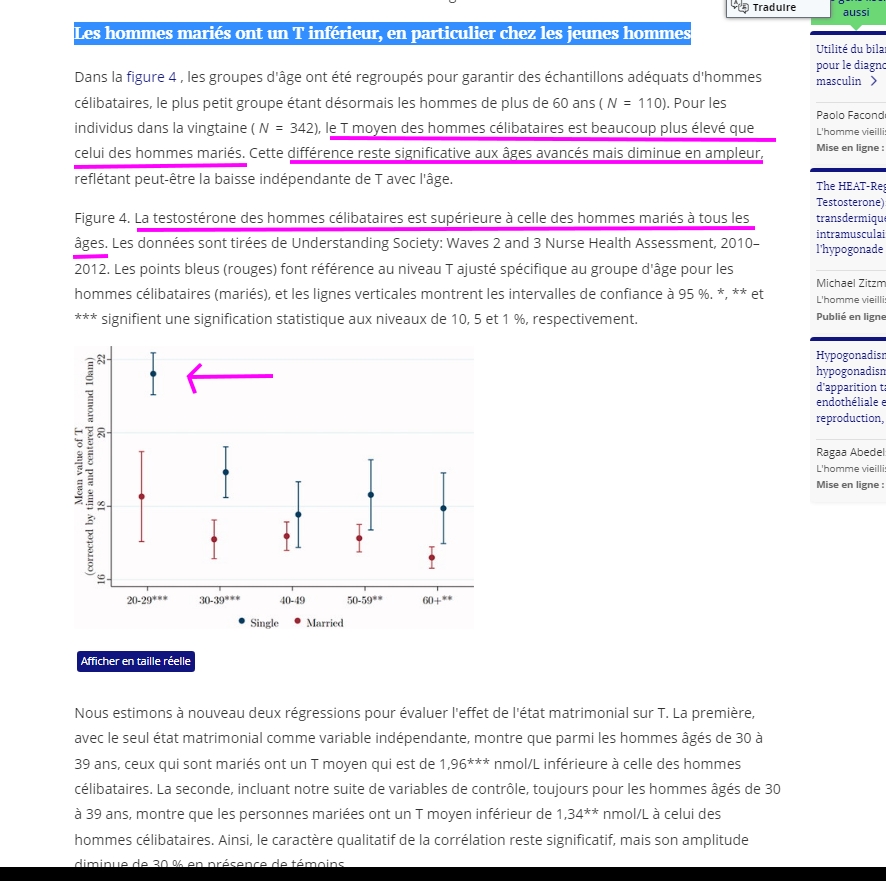Traduction de l'étude
 Effets des exercices de respiration à court terme sur la récupération respiratoire chez les patients atteints de COVID-19 : une étude quasi expérimentale
Effets des exercices de respiration à court terme sur la récupération respiratoire chez les patients atteints de COVID-19 : une étude quasi expérimentale
Manzur Kader, BMC Sciences du sport, médecine et réadaptation volume 14, numéro d'article : 60 (2022)
Arrière-plan
La maladie à coronavirus 2019 (COVID-19) est une maladie des voies respiratoires hautement contagieuse. La manifestation clinique la plus courante du COVID-19 sévère est l'insuffisance respiratoire aiguë. La réadaptation respiratoire peut être un élément crucial du traitement, mais les données manquent pour les patients atteints de COVID-19. Cette étude examine les effets de la réadaptation respiratoire à court terme (c'est-à-dire des exercices de respiration) sur la récupération respiratoire chez les patients non hospitalisés en soins intensifs atteints de COVID-19.
Méthodes
Il s'agissait d'une étude quasi-expérimentale, pré- et post-test. L'étude a recruté 173 patients hospitalisés avec COVID-19 modéré à sévère. Tous les patients ont reçu des soins standardisés pour COVID-19, et 94 patients du groupe d'intervention ont également reçu l'intervention d'exercices respiratoires, qui comprenaient le contrôle de la respiration, suivis d'un exercice de respiration diaphragmatique, de respiration profonde ou d'expansion thoracique, et de souffle (technique d'expiration forcée). ) et la toux.
Les données sur les valeurs moyennes de la saturation périphérique en oxygène (SpO2), le besoin d'oxygénothérapie (litre/min), la fréquence respiratoire (respirations/minute) et la fréquence cardiaque (battements/minute) ont été recueillies au départ, 4 jours et 7 jours jours après l'évaluation de base. L'analyse de la variance sur les mesures répétées a été appliquée pour comparer la valeur moyenne des mesures des résultats de tous les points dans le temps.Résultats
L'âge moyen (± ET) du groupe d'intervention (69,6 % d'hommes) et du groupe témoin (62,1 % d'hommes) était de 50,1 (10,5) et 51,5 (10,4) ans, respectivement. À 4 jours de suivi, SpO2 (96,6 % ± 1,9 contre 90,7 % ± 1,8, P < 0,001), besoin d'oxygénothérapie (0,8 ± 2,6 contre 2,3 ± 2,9, P < 0,001), fréquence respiratoire (20,5 ± 2,3 contre 22,3 ± 2,5, P < 0,001) et la fréquence cardiaque (81,2 ± 9,5 contre 89,2 ± 8,9, P < 0,001) se sont améliorées dans le groupe d'intervention par rapport au groupe témoin. Au suivi de 7 jours, les différences restaient significatives concernant la saturation en oxygène et le besoin d'oxygénothérapie (P < 0,001) entre les groupes.
conclusion
Nos résultats indiquent que l'exercice de respiration, même pendant une courte période, améliore efficacement des paramètres respiratoires spécifiques chez les patients COVID-19 modérés à sévères.
En tant qu'intervention de réadaptation respiratoire non invasive et rentable, l'exercice de respiration peut être un outil précieux pour un système de santé submergé par la pandémie de COVID-19. Ces résultats doivent être considérés comme préliminaires jusqu'à ce qu'ils soient reproduits dans des échantillons plus importants dans différents contextes.


 Forum Nutrimuscle, Nutrition, musculation, transparence !
Forum Nutrimuscle, Nutrition, musculation, transparence !  Actualités, vidéos, études scientifiques
Actualités, vidéos, études scientifiques
![]() par Nutrimuscle-Conseils » 4 Fév 2022 13:36
par Nutrimuscle-Conseils » 4 Fév 2022 13:36 ![]() par Nutrimuscle-Diététique » 4 Fév 2022 15:26
par Nutrimuscle-Diététique » 4 Fév 2022 15:26 ![]() par Nutrimuscle-Conseils » 2 Mar 2022 23:19
par Nutrimuscle-Conseils » 2 Mar 2022 23:19 ![]() par Nutrimuscle-Conseils » 3 Mar 2022 12:42
par Nutrimuscle-Conseils » 3 Mar 2022 12:42 ![]() par Nutrimuscle-Conseils » 3 Mar 2022 12:48
par Nutrimuscle-Conseils » 3 Mar 2022 12:48 ![]() par Nutrimuscle-Diététique » 3 Mar 2022 16:32
par Nutrimuscle-Diététique » 3 Mar 2022 16:32 ![]() par Nutrimuscle-Conseils » 2 Avr 2022 13:02
par Nutrimuscle-Conseils » 2 Avr 2022 13:02 ![]() par Nutrimuscle-Diététique » 4 Avr 2022 08:09
par Nutrimuscle-Diététique » 4 Avr 2022 08:09 ![]() par Nutrimuscle-Conseils » 1 Mai 2022 13:27
par Nutrimuscle-Conseils » 1 Mai 2022 13:27 ![]() par Nutrimuscle-Diététique » 2 Mai 2022 14:26
par Nutrimuscle-Diététique » 2 Mai 2022 14:26 ![]() par Nutrimuscle-Conseils » 6 Mai 2022 12:33
par Nutrimuscle-Conseils » 6 Mai 2022 12:33 ![]() par Nutrimuscle-Conseils » 7 Juil 2022 12:03
par Nutrimuscle-Conseils » 7 Juil 2022 12:03 ![]() par Nutrimuscle-Diététique » 8 Juil 2022 18:07
par Nutrimuscle-Diététique » 8 Juil 2022 18:07 ![]() par Nutrimuscle-Conseils » 14 Aoû 2022 10:46
par Nutrimuscle-Conseils » 14 Aoû 2022 10:46 










